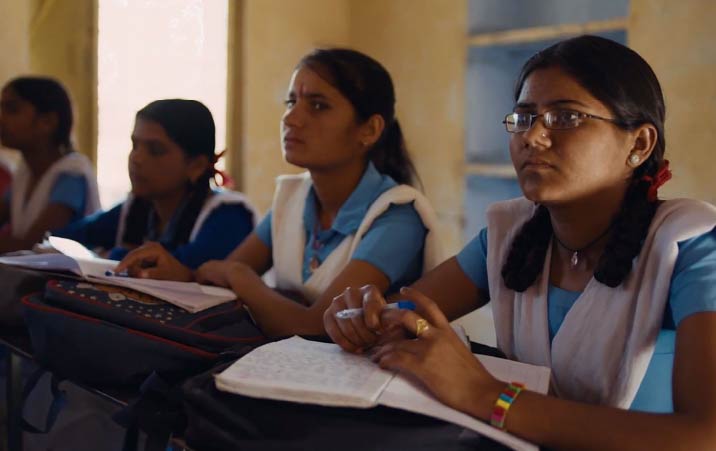Education opens the gateways to tribal development. This statement holds complete relevance if appropriate steps are initiated at the ground level. Promotion of integration of the communities with the mainstream of nation and facilitation in terms of protection from all kinds of exploitation and helping in adoption to the changing lifestyles is initiated through education.
Reaching out to Tribal students
Established under the Tribal Affairs Ministry, Eklavya Model Residential Schools (EMRSs) is a Central government scheme initiated in 1998-99 for setting up a model residential school from Class VI to XII for imparting quality education to tribal children in their own environment.
With an idea to keep all the students of the campus intact, EMRS aim at providing systematic guidance, thus helping to develop the feeling of oneness. In addition, such residential schools also have special facilities for preserving local art and culture, apart from providing training in sports and skill development.
As per the extant guidelines of EMRS, the number of seats for boys and girls is equal in each such residential school, which has a capacity of accommodating 480 students. In 2019-20, enrollment of tribal girls in EMRS across the country was 36,567. Apart from taking steps towards imparting quality education to tribal students, funds are also released for the construction of hostels, laboratories, libraries, sports equipment, coaching, or training facilities, among others.
Need for more
Apart from constructing an EMRS, there is a need to depute dedicated teachers for the tribal children. While finances have not been an issue, a gap prevails when it comes to the implementation of the idea at the ground level.
While the development of the tribes is taking place in India, a further push needs to be provided when it comes to pace. Promotional activities aimed at increasing the active participation of tribal children need to be initiated.
Along with this, there is scope for strengthening educational opportunities and provisions for tribal students, not merely in terms of physical infrastructure or financial allocations alone, but sensitively and more holistically, without de-linking or disaggregating planning and visioning across departments or between levels that tends to result in planning that is not multidimensional.
Bridging the gap
The recent turn of events involving the Covid-19 pandemic has brought into the limelight the issue of rural-urban disparity in computing-device ownership. Take, for instance, in rural areas, Scheduled Tribes (STs) are at the bottom of 2.47 percent of households who owned any computing device, followed by Scheduled Castes (SCs) (3.27 percent). There is scope for various government interventions, planners, and think-tanks to address this problem of ensuring continuity in education during such an adverse situation in the future.
It is also up to the government to initiate more steps to initiate the development of tribal education. Easy access and more opportunities to the tribal children in order to bring them to the mainstream of economic development hold the answer.
It is important that the rollout and implementation of proposals highlighted in Budget 2021-22 across all states are activated in a few years of time to bring parity for students to access education across the country.
The government can look into harnessing the considerable experience of public-private partnership (PPP) entities and non-governmental organizations (NGOs) in school education while seeking an arrangement for collaborative engagement. The participation of the private sector and NGOs in managing and operating schools will be an enabler in providing a modern and high-quality framework for education and boost the sector to engage with many more projects under the PPP model.
The idea of EMRS has an immense potential to emerge as a unique residential school model, which can help boost education and skilling in rural and distant tribal areas across the length and breadth of the country.
(The author of this article, Mr. Rustom Kerawalla is Chairman, Ampersand Group)
Courtesy- India today








